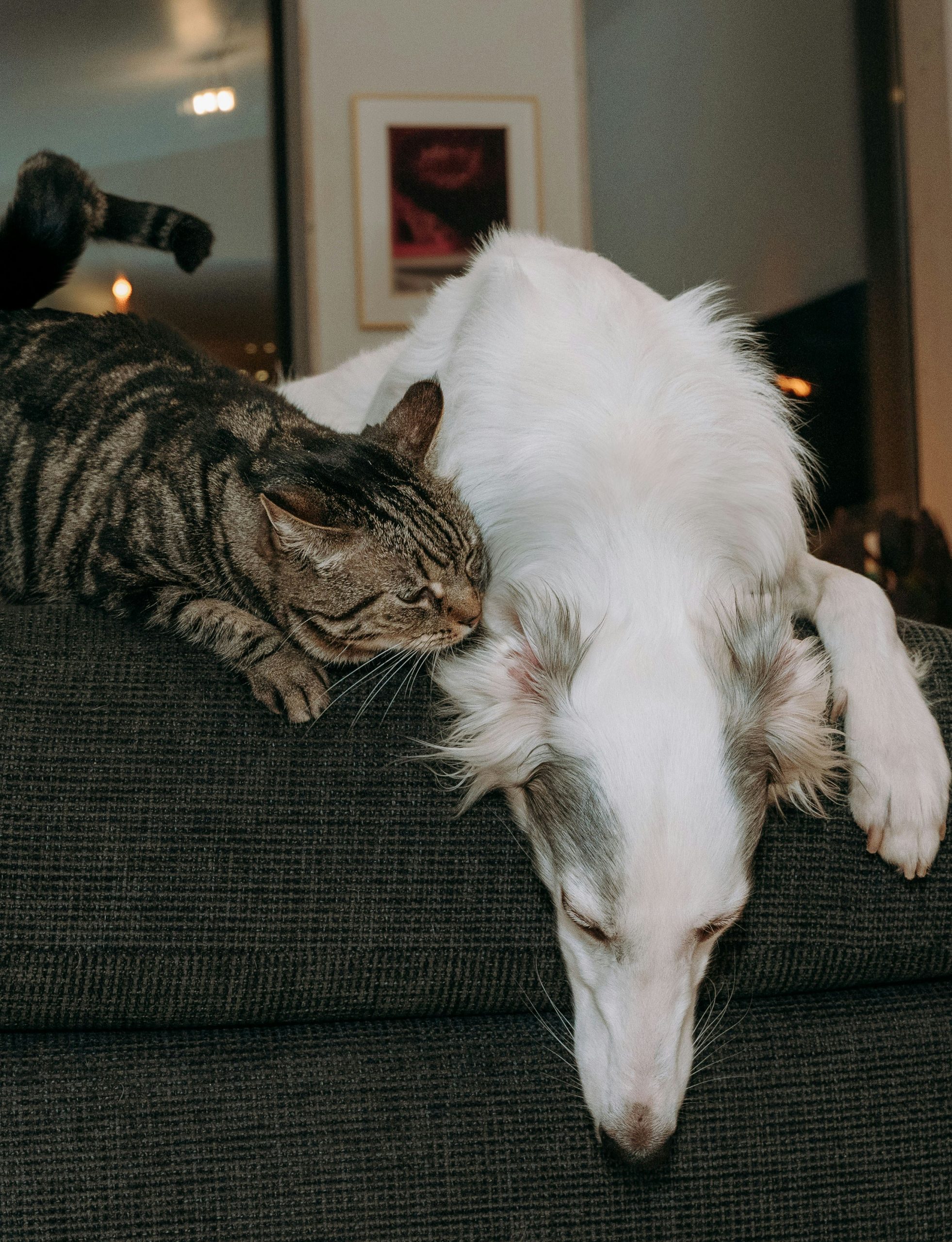
Pet insurance is invaluable when protecting your pet’s health and well-being. However, choosing the right plan can be a daunting task. There are various factors to consider, and understanding the key elements of pet insurance can help ensure you get the coverage that best fits your pet’s needs. This article will guide you through what to look for when selecting a pet insurance plan.
Coverage Options: Understanding What’s Included
The first step in choosing a pet insurance plan is determining the offered coverage. Pet insurance typically covers accidents, illnesses, and, in some cases, wellness care. Accidents include injuries from falls, car accidents, or the ingestion of harmful substances. Illnesses can range from infections to chronic conditions, including cancer and everything in between.
It’s essential to ask what is covered under the policy and whether there are any exclusions. Some policies offer more comprehensive coverage, including hereditary conditions, dental care, or alternative therapies like acupuncture. Be sure to review the policy terms to confirm that it contains what matters most for your pet’s health needs. Coverage options vary significantly between providers, so carefully reading the fine print is crucial.
Cost of Premiums: Balancing Affordability and Coverage
The next factor to consider when evaluating a pet insurance plan is the cost of premiums. Pet insurance premiums vary widely based on several factors, including your pet’s age, breed, and location. Generally, younger and healthier pets will have lower premiums, but premiums for older pets tend to increase due to the greater likelihood of illness or injury.
While cost is a significant consideration, balancing affordability and the coverage your pet requires is essential. Cheaper premiums may come with higher deductibles or limited coverage, which could lead to unexpected out-of-pocket costs. On the other hand, a more expensive plan may offer more comprehensive benefits, but it’s crucial to ensure the premium is within your budget. Consider how much you’re willing to spend annually on your pet’s care and evaluate your options based on price and the level of protection you need.
Deductibles and Reimbursement: Navigating the Financial Details
Understanding how deductibles and reimbursements work is key to determining how much you’ll pay out-of-pocket when a claim arises. The deductible is the amount you must pay before your pet insurance policy begins. Generally, you can choose from a range of deductible amounts. Lower deductibles usually come with higher premiums, while higher deductibles may reduce the cost of your monthly payments.
Once your deductible is met, your insurance provider will reimburse you for a percentage of your pet’s medical expenses. The reimbursement percentage typically ranges from 70% to 90%, depending on your chosen policy. However, you should also be aware of any limits on the reimbursement, as some policies have caps on how much they will pay out per year or condition. Understanding these terms will help you assess how much you might need to pay in the event of a significant claim and allow you to plan your finances accordingly.
Waiting Periods and Claims Process: Knowing the Timeline
Another essential element of pet insurance is the waiting period, which is the time you must wait before a claim can be processed. Most policies have an initial waiting period after enrollment, during which accidents or illnesses are not covered. This waiting period can range from a few days for accidents to several weeks or months for more specific conditions like hip dysplasia or hereditary illnesses.
It’s essential to familiarize yourself with the waiting periods specified in the policy, as they can vary. If your pet already has a health condition or if you’re considering insurance for an older pet, these waiting periods might affect when your coverage begins. Similarly, understanding the claims process is vital for smooth reimbursement. Be sure to inquire about how claims are filed, what documentation is required, and how long it typically takes to process claims.
Customer Service and Support: Evaluating the Insurer’s Reputation
Another essential factor when choosing a pet insurance plan is the level of customer service and support the insurer provides. Pet health emergencies can be stressful, and having a responsive, reliable insurance company can make all the difference in ensuring your pet receives the care it needs promptly. Look for an insurance provider with a reputation for excellent customer service and quick, helpful responses.
Checking reviews and testimonials from other pet owners can provide insight into the quality of the customer service experience. Additionally, ensure the insurer offers clear communication and guidance, especially when submitting claims or addressing concerns. A good pet insurance company will be transparent and easily accessible, giving you peace of mind that support is available when you need it most.
Policy Customization: Tailoring Your Plan to Your Pet’s Needs
Many pet insurance companies allow you to customize your policy to fit your pet’s specific needs better. This can be particularly useful for pets with unique health concerns or those prone to certain conditions. Some insurers offer add-ons or riders that can be included in your policy for an additional fee, such as coverage for routine care, wellness visits, or alternative treatments like acupuncture or chiropractic care.
Choosing the right pet insurance plan requires careful consideration of various factors, including coverage, cost, deductibles, and customer service. By understanding these elements and evaluating your pet’s health needs, you can find a policy that provides peace of mind and financial protection when it matters most.